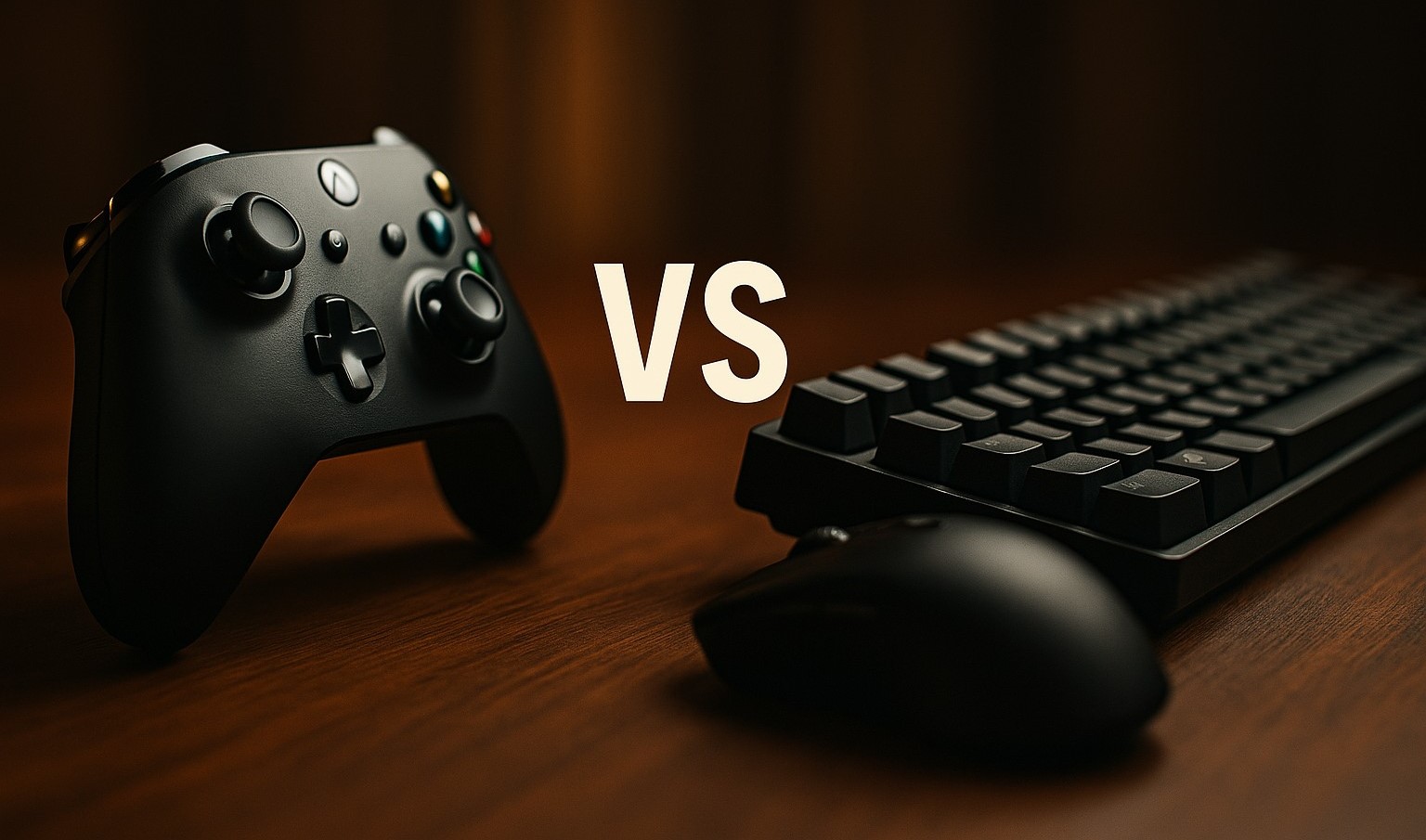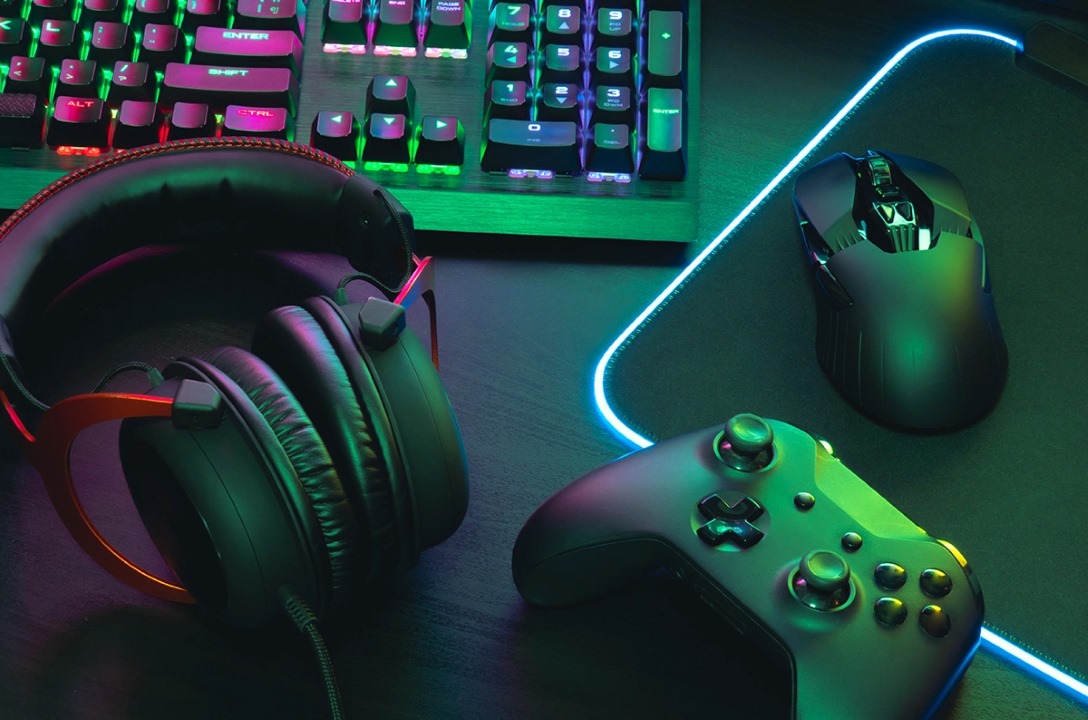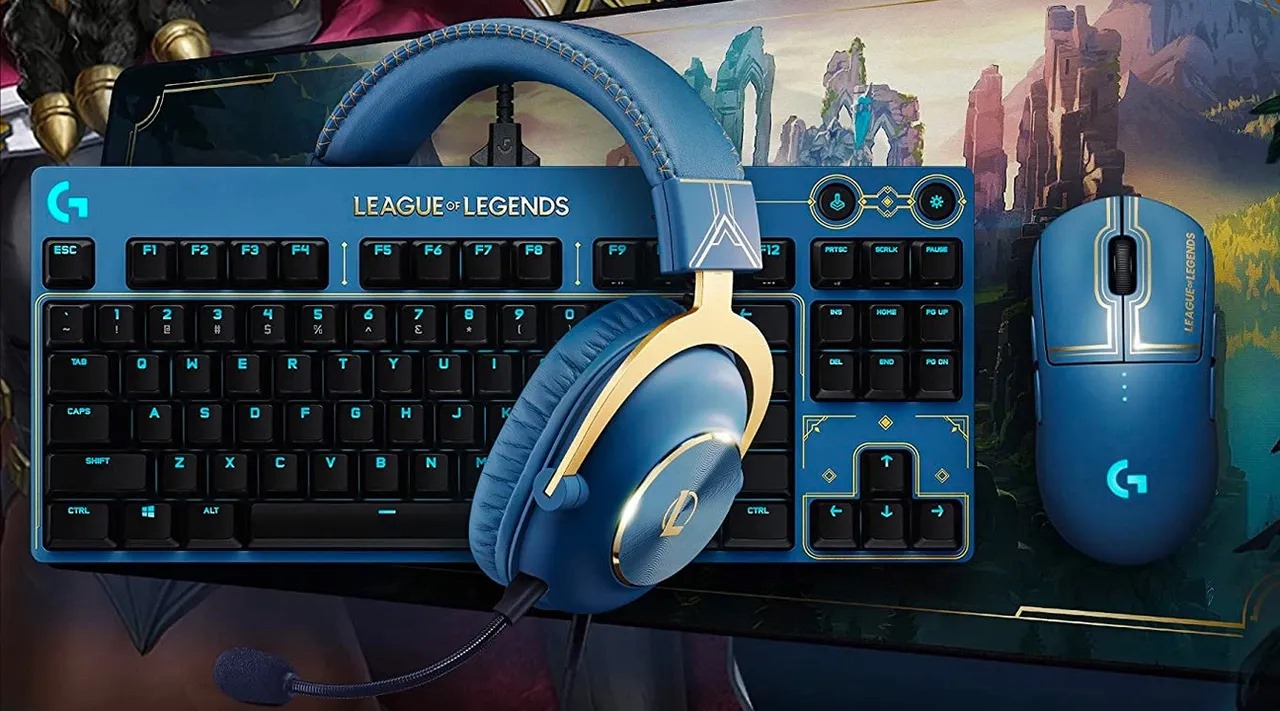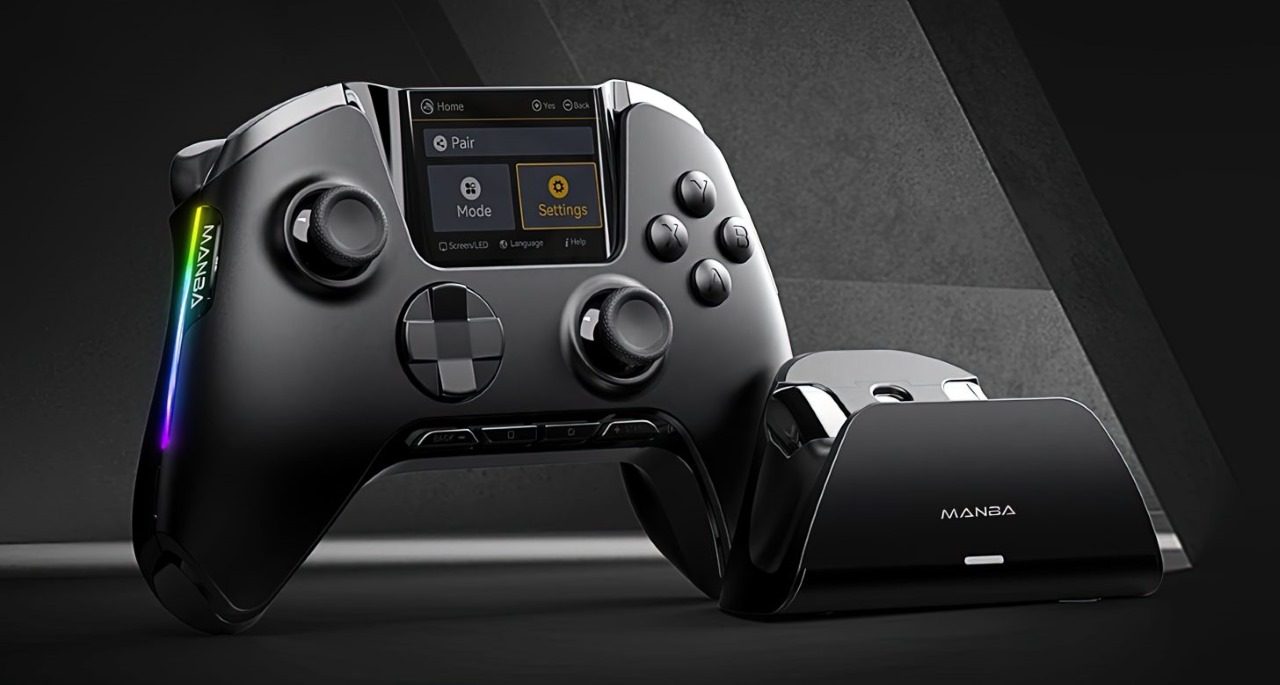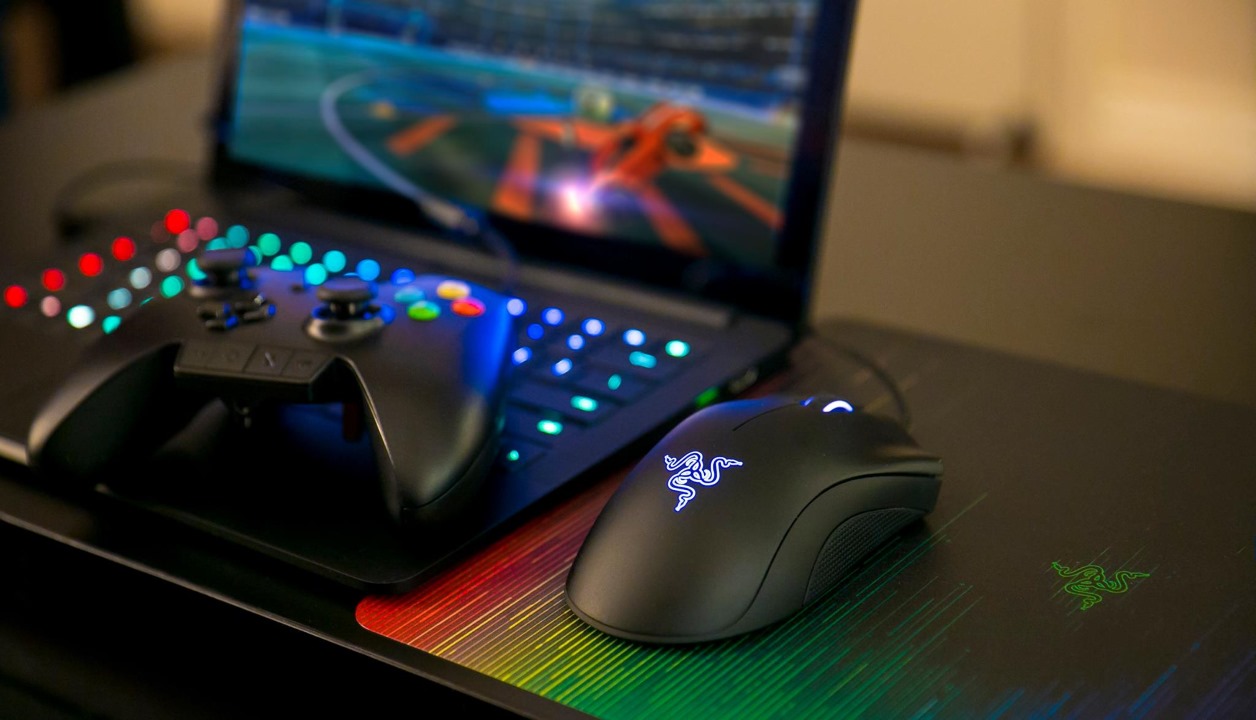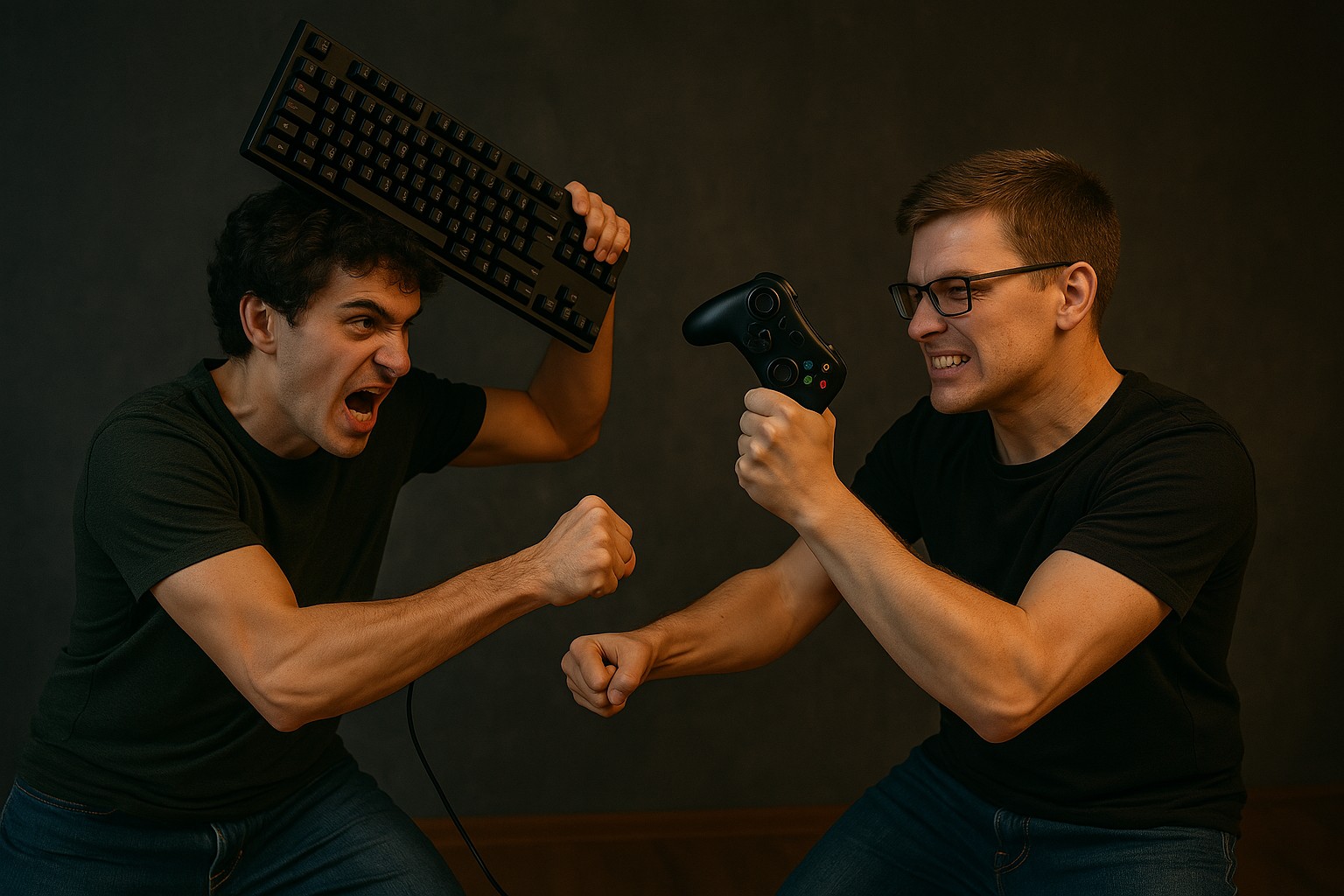The debate between using a controller versus a keyboard and mouse setup has been one of the most enduring arguments in gaming culture. It’s not just a preference—it often shapes how games are played, which titles players gravitate toward, and in some cases, even how games are developed. It’s the kind of debate that you’ll hear raging in Twitch chat during competitive matches, whispered between friends in Discord calls, and plastered across gaming subreddits with endless hot takes. Yet despite all the noise, the answer isn’t as straightforward as you might think.
Both setups have evolved dramatically over the years. Controllers have gone from chunky, two-button rectangles to haptic-feedback, gyro-sensitive tools with adaptive triggers and deep software integration. Keyboards, paired with high-DPI gaming mice, offer pinpoint accuracy and a tactile range of input that controllers simply can’t match in some genres. The truth is, the "better" choice depends on a wide range of factors—your preferred genre, your hardware setup, your hand size, and even the way your mind processes control input.
This article breaks down the comparison in depth—examining comfort, precision, genre compatibility, accessibility, and more. We’re not here to crown an absolute winner. We're here to explore how each input method can give you the edge depending on what kind of gamer you are and what kind of games you love. Because in gaming, the real advantage often lies not in the tool—but in how well you’ve mastered it.
Design and Ergonomics
When it comes to comfort and usability, the controller wins over many players right out of the box—quite literally. Designed to fit naturally in the hands, most modern controllers are sculpted with ergonomic considerations that cater to long gaming sessions. They’re symmetrical, compact, and provide easy thumb access to analog sticks and buttons. Whether you're lounging on a couch or leaning back in a chair, the grip and placement just feel right for casual use. Devices like the Xbox Series controller or the PlayStation DualSense have been meticulously engineered to provide both comfort and intuitive feedback.
Keyboards, on the other hand, aren’t designed with gaming as their primary function. That said, mechanical gaming keyboards have come a long way. With wrist rests, adjustable angles, and macro-friendly layouts, they can be tailored to suit a gamer’s needs—but not without effort. The experience can range from luxurious to utterly fatiguing, depending on the keyboard's build quality and how long you're seated. For players who spend hours grinding or participating in competitive matches, wrist strain and finger fatigue can become a real concern if the keyboard isn't ergonomically optimized.
The mouse plays a huge role in this dynamic as well. A well-designed gaming mouse, especially one with a contoured shape and adjustable DPI, can be more comfortable than you'd expect—especially for players who crave precision. But it does require desk space, a good mousepad, and more arm movement than a thumb-driven analog stick.
Portability is another key aspect. Controllers are plug-and-play across platforms, easy to carry, and ideal for mobile setups or couch gaming. Keyboards and mice, especially higher-end ones, are bulkier, need flat surfaces, and often involve messy cable management unless you invest in wireless gear. So in terms of sheer convenience and comfort, the controller has a head start—but it’s not an outright win. Comfort is subjective, and with the right gear, the keyboard/mouse combo can hold its own.
Precision and Control
If there’s one area where the keyboard and mouse combo shines without contest, it’s precision. Especially in fast-paced genres like first-person shooters (FPS), the mouse offers a level of accuracy that no analog stick can realistically replicate. The ability to flick your aim across the screen, adjust your sensitivity on the fly, and maintain pixel-perfect targeting gives mouse users an undeniable edge. Even with the best aim assist settings, controller players often struggle to match the raw accuracy that a seasoned mouse user can achieve.
Analog sticks, however, bring a different kind of control. Where mice provide speed and precision, analog sticks offer range. The degree of input on a stick isn’t binary—it’s analog. You can creep forward slowly or sprint at full speed. You can rotate the camera with a subtle touch or sweep it around with full tilt. This fluidity offers a more nuanced and organic feel, particularly in games that involve traversal, driving, or fluid camera motion.
Keyboards, by contrast, are binary in input—pressing 'W' moves you forward, but there’s no in-between speed. You’re either moving or you’re not. This makes precise movement trickier in some genres. Game developers try to compensate with toggles or sprint keys, but it’s not the same as a pressure-sensitive stick. Platformers, stealth games, and racing titles often benefit from analog input, making controllers more suited to those experiences.
There’s also the matter of button layout. Keyboards offer dozens of keys within reach, allowing for complex command chains and hotkeys that controller players can only dream of. This is especially valuable in real-time strategy (RTS) games, MMOs, or any game that requires managing multiple units, skills, or inventory slots quickly. Mice often come with side buttons that act as additional programmable inputs, further enhancing control flexibility.
So, while controllers offer smoother analog movement and a more intuitive layout for certain genres, the sheer speed and precision of a mouse—paired with the key mapping potential of a full keyboard—make it the tool of choice for competitive gamers in accuracy-heavy environments.
Genre Suitability
The best way to evaluate whether a controller or a keyboard setup gives you the edge is by looking at how each input method performs across different genres. Because let’s be real—what feels like a godsend in one game can feel like a handicap in another.
First-person shooters (FPS) are perhaps the most controversial battleground in this debate. In virtually every competitive FPS—from Call of Duty to Valorant—mouse and keyboard players consistently outperform their controller counterparts when aim assist is removed or equalized. The reason is simple: aim speed, flick shots, and recoil control are just more responsive with a mouse. Even in cross-platform titles, you’ll often see input-based matchmaking to keep things fair, because a good PC player with a mouse will statistically outshoot a controller user nine times out of ten.
Real-time strategy (RTS) and MMORPGs are another keyboard-dominant space. Games like StarCraft II or Final Fantasy XIV involve high actions per minute (APM), multi-unit control, and access to dozens of hotkeys. These games are designed with keyboards in mind, and while some developers are beginning to support controller layouts, the control limitations are hard to ignore.
Now let’s flip the script. Racing games, fighting games, and sports simulators tend to lean heavily in favor of controllers. Analog input is crucial here—smooth steering in Gran Turismo, nuanced directional input in FIFA, and combo execution in Street Fighter all benefit from the natural feel of a controller’s layout and sensitivity. In these genres, keyboard controls can feel robotic, awkward, or straight-up unplayable.
Platformers and third-person action-adventure games sit somewhere in the middle. Games like Hollow Knight, Sekiro, or Assassin’s Creed feel more immersive and responsive with a controller thanks to precise analog movement and thumb-accessible camera control. But a skilled keyboard user can still thrive—especially with customized key binds and high-refresh inputs.
Ultimately, there’s no universal best. The input method that gives you the edge is tied deeply to the game you’re playing—and how it was designed to be played.
Accessibility and Learning Curve
One often-overlooked but incredibly important aspect of the controller vs. keyboard debate is accessibility—both in terms of physical comfort and the cognitive learning curve. For many newcomers, a controller offers the more welcoming experience. It’s plug-and-play. You pick it up, and within minutes, you intuitively understand where your thumbs and fingers go. Every major console generation has conditioned players to this layout. That makes it easier to onboard new gamers, especially in genres like action games, sports, or platformers.
Keyboard and mouse, on the other hand, can be intimidating for beginners. There’s no standard layout for games. WASD for movement might be universal, but where are your abilities? On 1-4? Q, E, F, R? Alt or Ctrl for crouch? It’s up to the developer—and often up to the player to set up. There’s a lot of muscle memory involved, and for those not used to PC gaming, it can feel overwhelming at first. It’s not just about knowing what to press—it’s about reaching everything quickly, without looking, and executing with confidence.
However, when it comes to customization, the keyboard/mouse setup is nearly unrivaled. PC games often allow full key mapping, macros, and mouse-button integration. This enables disabled gamers or those with specific preferences to optimize their setup to the finest detail. Pair that with accessibility tools like adaptive keyboards, macro pads, or voice input, and suddenly the complexity becomes power. You’re not locked into a rigid control scheme—you’re building one tailored to your playstyle or needs.
Controllers aren’t behind, though. With the rise of customizable input profiles, back paddles (e.g., on the Xbox Elite Controller or DualSense Edge), and remappable buttons, the controller space is evolving fast. And for players with limited mobility or ergonomic needs, the ergonomic shape and pressure-sensitive inputs can be a literal game-changer.
So while keyboards may offer raw customization, and controllers may be easier to learn, the true winner in terms of accessibility depends on what you're optimizing for: speed and complexity—or comfort and instinct.
Cross-Platform Play and Compatibility
Cross-platform gaming has exploded in popularity, bringing with it a fresh wave of questions about input fairness, compatibility, and competition. The battle between controller and keyboard isn’t just limited to PC anymore—it’s happening across Xbox, PlayStation, Nintendo Switch, and cloud platforms. And with players from different ecosystems now able to face off in the same match, the differences between inputs have become more noticeable—and sometimes controversial.
Let’s talk about matchmaking dynamics first. In many competitive games, input-based matchmaking is now the norm. Titles like Fortnite, Call of Duty: Warzone, and Apex Legends group players not by platform, but by input device. This is a critical step in leveling the playing field. If you’re using a controller, you’re most likely playing against other controller users—even if you’re on a PC. This helps reduce the unfair advantage that a mouse might offer in a head-to-head gunfight. Conversely, if you're using a keyboard and mouse on a console, you may be thrown into the same pool as high-end PC gamers.
In terms of device compatibility, controllers have become surprisingly versatile. Most major controllers—Xbox, PlayStation, Switch Pro—are fully compatible with PCs, Android devices, and even iPads. They connect via USB-C or Bluetooth and are automatically recognized by services like Steam, Game Pass, and GeForce Now. For couch gamers or portable setups, this versatility makes controllers an incredibly convenient option.
Keyboards and mice, while more traditional on PC, are beginning to break into console ecosystems too. Xbox and PlayStation both offer partial keyboard/mouse support for select titles. Games like Minecraft, Fortnite, and Call of Duty support native keyboard input even on consoles. That said, it’s still far from universal, and in many cases, competitive fairness concerns limit full support across multiplayer games.
The takeaway? In cross-platform gaming, your input device choice can influence more than just your personal experience—it can shape your matchmaking pool, your accessibility to other systems, and even your win/loss ratio. Knowing which setup works best for your platform—and how it interacts with the broader ecosystem—is becoming just as important as knowing your own skill level.
Technological Advancements
In the last decade, both controllers and keyboard/mouse setups have seen major technological leaps—and these innovations are actively shaping the way we play. Gone are the days when controllers were simple plastic shells with a D-pad and a few buttons. And keyboards? They’re no longer just office equipment with RGB lighting slapped on top.
Let’s start with controllers. Sony’s DualSense controller for the PS5 redefined haptic feedback with adaptive triggers that resist pressure, mimicking in-game tension. Pulling back a bowstring in Horizon Forbidden West or feeling the rattle of a gun in Call of Duty becomes a tactile experience. Xbox’s Elite controllers offer swappable components, adjustable trigger sensitivity, and rear paddles for extra inputs. These enhancements aren’t just bells and whistles—they offer genuine gameplay benefits, particularly in competitive shooters or fast-paced action titles.
Gyroscopic aiming is another innovation that’s gone under the radar. Nintendo pioneered it with the Switch, and now developers are incorporating gyro aiming as an aim assist enhancement for controller users. It’s not quite on par with a mouse, but when used properly, it significantly closes the gap—especially in console shooters.
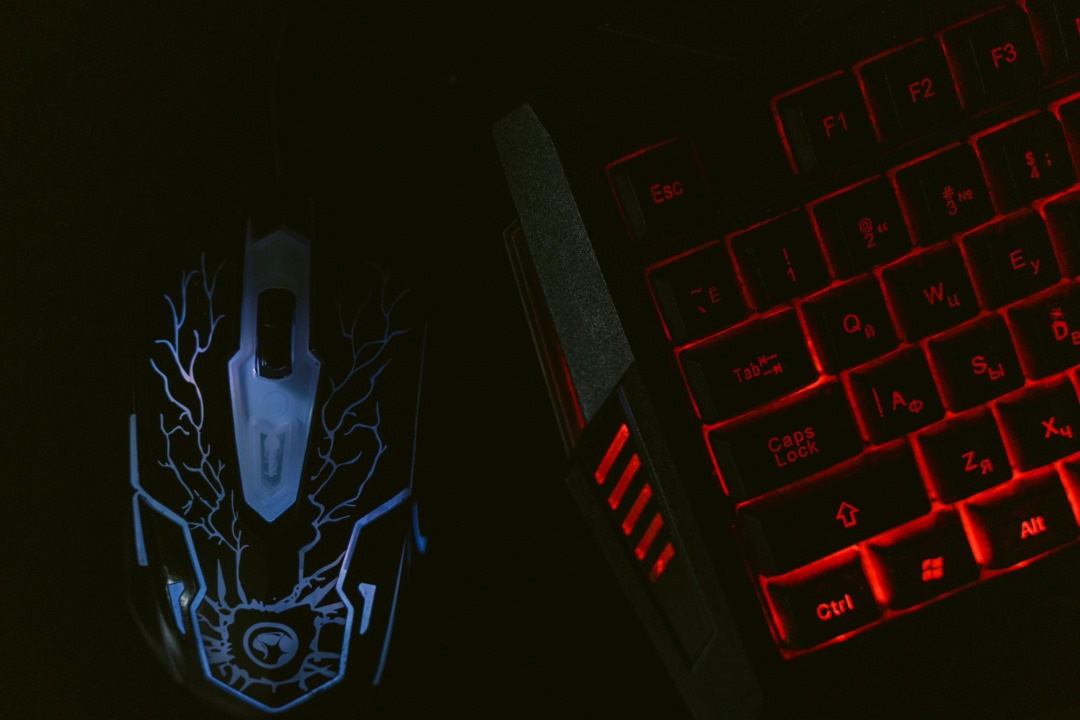
Keyboards and mice, meanwhile, have also stepped up. High-end gaming mice now come with adjustable weights, ultra-responsive sensors with 20,000+ DPI, and zero-lag wireless performance. Mechanical keyboards offer swappable switches, onboard profiles, instant actuation, and customizable macros. These features are invaluable for games where responsiveness and precision are key. Esports pros rely on this gear for consistency, and even casual players benefit from the tactile feedback and reliability.
And let’s not forget hybrid devices. Products like the Azeron keypad or Razer Tartarus blend the analog feel of a controller thumbstick with the button accessibility of a keyboard. These tools bridge the gap, offering a middle-ground for gamers who want the best of both worlds. They're niche—but growing in popularity among competitive players and streamers.
Ultimately, technology is blurring the line between the two camps. Controllers are getting smarter, more sensitive, and customizable. Keyboards and mice are getting faster, lighter, and more versatile. And while preferences will always exist, the tech arms race between these setups is pushing the entire gaming experience forward—for everyone.
The edge you seek doesn’t lie in the device—it lies in understanding what that device does best, and whether it complements the way you play. Because in a world where both tools are evolving rapidly, the question isn't really "which is better" anymore. The real question is: which one lets you play at your best?

